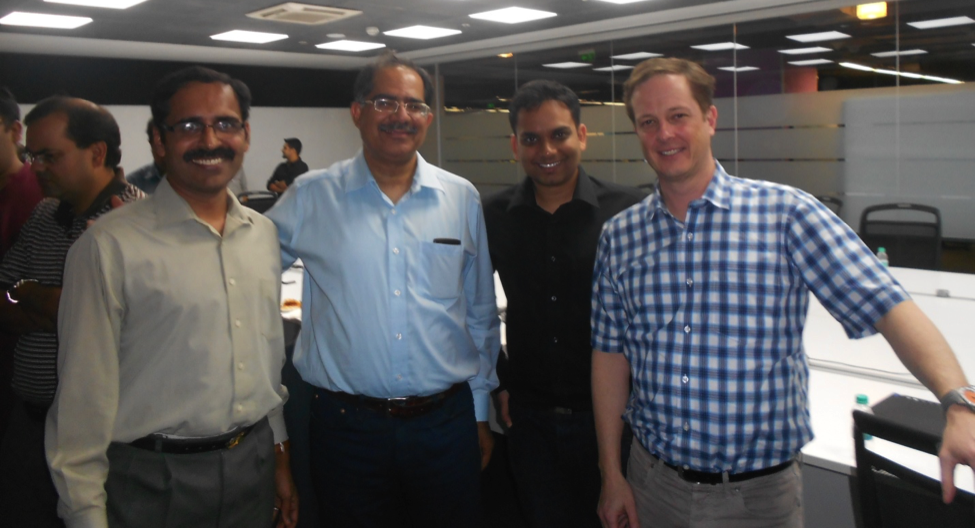Trends in the US could portend the challenges India will face.
 Like many people, I dislike long flights, particularly since my body does not deal well with jet lag. I therefore try to avoid visiting the United States more than once a year. But every time I visit that country, I remind myself how important it is to keep in touch with what is still the powerhouse of the global economy, for that enables a better understanding of India’s challenges in the years ahead.
Like many people, I dislike long flights, particularly since my body does not deal well with jet lag. I therefore try to avoid visiting the United States more than once a year. But every time I visit that country, I remind myself how important it is to keep in touch with what is still the powerhouse of the global economy, for that enables a better understanding of India’s challenges in the years ahead.
This time, my visit spanned the whole country – a few hours in transit on the east coast, a day in the mid-west, two days each in Texas and California. My reflections suffer from one bias though: my visits were primarily to universities. Yet, speaking to academics helps understand some of the broad trends, even if these institutions tend to be more liberal than the rest of the country.
The Decline of the Middle Class
A distinctive feature of the United States in the 20th century was the emergence of a large middle class. But an equally striking feature of the early years of the 21st century has been the decline in living standards of this same middle class.
In his book Fault Line: How Hidden Fractures still threaten the World Economy, Raghuram Rajan spoke of the challenge of re-tooling the American blue collar worker for the new workplace. But, this is not a problem of factory workers alone.
While in the US, I realized that at least four of my 51- or 52-year-old IIT classmates don’t have full-time jobs anymore. Their opportunities have declined as the number of middle-to-senior managerial positions has shrunk. Further, many organizations prefer younger employees.
By the way, in case you thought that this trend is restricted to the US, think again – we see a similar nascent trend in Bengaluru, particularly in MNC subsidiaries.
The New Economy
The US continues to be a leader in engineering. I had a ride in a Tesla car, and I was really impressed by its smoothness and its ability to bridge the gap between an electric car and one based on the internal combustion engine. Universities like MIT and the University of Illinois at Urbana-Champaign continue their focus on core engineering and devices.
But, value added in manufacturing is on the decline, with even sophisticated design no longer enjoying a cachet. Hardware companies don’t count for much anymore – a friend in Silicon Valley was telling me that a company that designed a high tech drone with all possible bells and whistles gets valued at $200 million, while companies of the WhatsApp ilk are valued at multiple billion dollars. This change in value is reflected in the geography of the Valley itself.
Over time, there has been a northward shift in the centre of gravity of corporate activity, in the direction of San Francisco. Chip companies in the southern part of the Valley are passé. Youngsters prefer to live in San Francisco even though they don’t get to spend much time there if they work in Mountain View-based Google, the northern edge of the southern part of the Valley. The geographic shift also represents the difference in skillsets required by social media and other emerging consumer-centric startups. This shift in value is visible in India too – just check out the sky high valuations of India’s e-commerce companies. According to a recent article in Business Standard, Flipkart is more valuable than Tata Steel or Mahindra & Mahindra!
It’s not clear how long the best and brightest of the United States will work in hard engineering if the money is chasing e-commerce and social media!
It’s not clear how long the best and brightest will work in hard engineering if the money is chasing e-commerce
Change in the Nature of Work
It’s time we thought seriously about the future of work and society. While in Silicon Valley, I caught sight of the Google driverless car prototype on multiple occasions. The grapevine has it that the prototype works well, and only regulatory issues can delay its commercialization. Driverless vehicles will change transportation completely. Car ownership will decline, while public transportation will get a boost. Though driverless vehicles on India’s chaotic roads may seem utopian, just imagine their impact on the employment of drivers.
India is ramping up for a foray into manufacturing just as manufacturing is on the cusp of major changes. Automation is accelerating, and China has the largest number of robots in the world. As automation spreads, routine jobs that require limited skill levels will go to lowest cost locations. And, companies are smart enough to compute the overall costs, and not focus on wages alone. Overall costs factor in labour productivity and the efficiency of logistics as well as the regulatory environment. India will struggle to be competitive when these overall costs are taken into account even if we improve our skill levels.
India is ramping up for a foray into manufacturing just as manufacturing is on the cusp of major changes.
Winner-takes-all Economics
The decline in the middle class reflects another important shift – income distributions are veering farther away from “normal”. While in the Valley, I attended an interesting talk by Sanjiv Das, a professor at Santa Clara University, in which he emphasized how few things in the world are distributed in the favourite “normal distribution” of our statistics professors. While the internet may be democratic in terms of access, it has only accentuated winner-takes-all economics.
All these changes in wealth and income distribution combined with changes in the nature of work don’t bode well for India. India may create the largest workforce in the world, but what if such a large workforce is not required?
India may create the largest workforce in the world, but what if such a large workforce is not required?
Winner-takes-all economics is spreading in a way to the broader society as well with income and wealth inequalities deepening. At the same time, governments are unable to manage social welfare systems efficiently. While the resultant tensions may be manageable in the small, wealthy countries of Europe where minimum living standards are already high, it’s not clear how countries like ours will manage these issues.
Public-private gaps are visible in US infrastructure as well. I was struck by how the freeways and public roads in the Bay Area are not in the best shape while private buildings get fancier and new dwelling units appear in hitherto low-density areas like along the sides of El Camino Real, the north-south artery through Northern California. This uncannily reminds one of India.
Monopolies and winner-takes-all trends are active in the non-internet world as well. While Starbucks Coffee outlets dot the US landscape, I was amused to find that other outlets including hotel coffee shops also now serve Starbucks coffee and proudly advertise so. Starbucks is practically the only coffee brand on offer now!
But, even Google has its Limits…
In all of this, it’s good to see the Americans retain their sense of humour. I particularly liked one hoarding in front of a church in Silicon Valley: “Google can’t satisfy every search.” I hope we can retain our sense of humour too!
Reblogged from FoundingFuel
 We are happy to announce that ProductNation community gets a special discount of 20% on the conference tickets (registration link / use the code PRODUCTNATION).
We are happy to announce that ProductNation community gets a special discount of 20% on the conference tickets (registration link / use the code PRODUCTNATION).

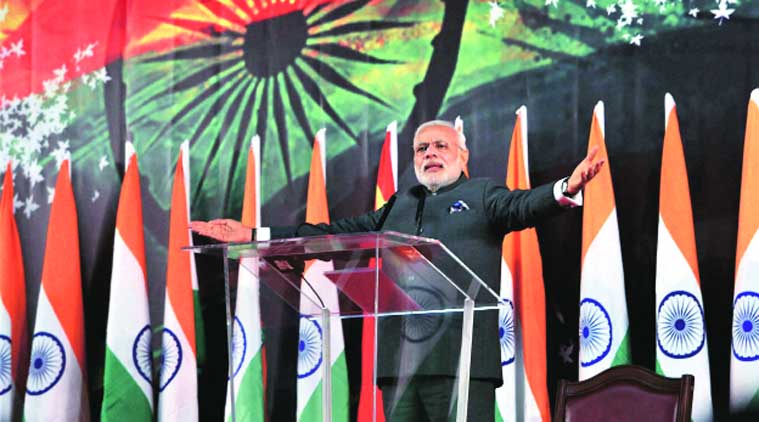 Becoming visible
Becoming visible The telecom companies don’t want a neutral Internet. They built the pipes and hooked them up to your phones. They also sell you broadband fiber at Rs 800-Rs2000 per month. And they hate to see you spending more time on messenger and chat apps which are getting better by the day. Unlike Gtalk and those of its ilk, today’s apps are on phones, untethered from the computer and therefore as personal as it gets. Their quality? Almost as good as a voice call. And that’s where the trouble lies.
The telecom companies don’t want a neutral Internet. They built the pipes and hooked them up to your phones. They also sell you broadband fiber at Rs 800-Rs2000 per month. And they hate to see you spending more time on messenger and chat apps which are getting better by the day. Unlike Gtalk and those of its ilk, today’s apps are on phones, untethered from the computer and therefore as personal as it gets. Their quality? Almost as good as a voice call. And that’s where the trouble lies.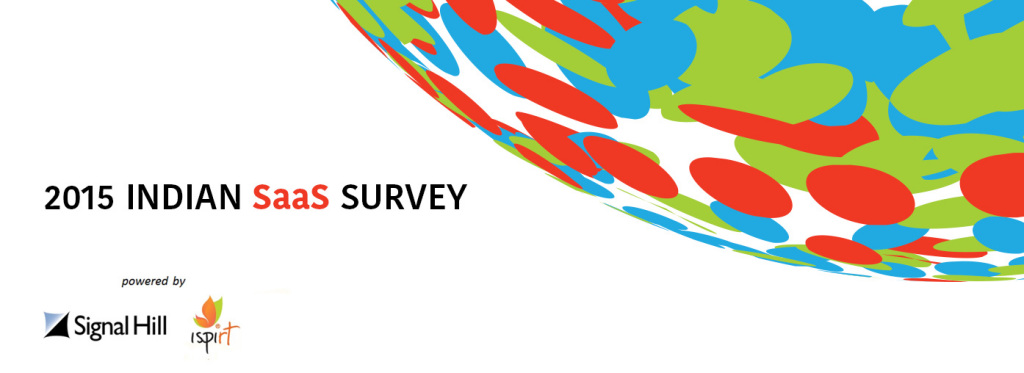 To understand the challenges mentioned above and gain insight into the current SaaS landscape,
To understand the challenges mentioned above and gain insight into the current SaaS landscape,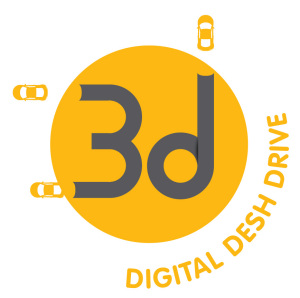
 Like many people, I dislike long flights, particularly since my body does not deal well with jet lag. I therefore try to avoid visiting the United States more than once a year. But every time I visit that country, I remind myself how important it is to keep in touch with what is still the powerhouse of the global economy, for that enables a better understanding of India’s challenges in the years ahead.
Like many people, I dislike long flights, particularly since my body does not deal well with jet lag. I therefore try to avoid visiting the United States more than once a year. But every time I visit that country, I remind myself how important it is to keep in touch with what is still the powerhouse of the global economy, for that enables a better understanding of India’s challenges in the years ahead. You should care because there’s a good chance that (like me) you are a first generation beneficiary of the internet and have seen the transformative role it has played in your life. The way you work, learn, read, buy, communicate, travel, make friends – everything has been turned upside down. Now imagine if the internet could have that same impact on how India is governed. Imagine if the simplicity and fluidity of platforms like Wikipedia, Facebook, Whatsapp, Skype could be replicated in the citizen services that you and I use everyday – be it applying for a passport or a driving license, filing your taxes or getting your govt scholarship. Imagine what citizen services can be built on top of the biometric identification system Aadhaar, which currently at 830 million is just a stone’s throw from the billion mark. Imagine if the internet could be the same change agent in the lives of our less connected co-citizens in far off towns & villages, in the tribal areas, in remote rural corners where roads dont reach – thats what e-governance is about.
You should care because there’s a good chance that (like me) you are a first generation beneficiary of the internet and have seen the transformative role it has played in your life. The way you work, learn, read, buy, communicate, travel, make friends – everything has been turned upside down. Now imagine if the internet could have that same impact on how India is governed. Imagine if the simplicity and fluidity of platforms like Wikipedia, Facebook, Whatsapp, Skype could be replicated in the citizen services that you and I use everyday – be it applying for a passport or a driving license, filing your taxes or getting your govt scholarship. Imagine what citizen services can be built on top of the biometric identification system Aadhaar, which currently at 830 million is just a stone’s throw from the billion mark. Imagine if the internet could be the same change agent in the lives of our less connected co-citizens in far off towns & villages, in the tribal areas, in remote rural corners where roads dont reach – thats what e-governance is about.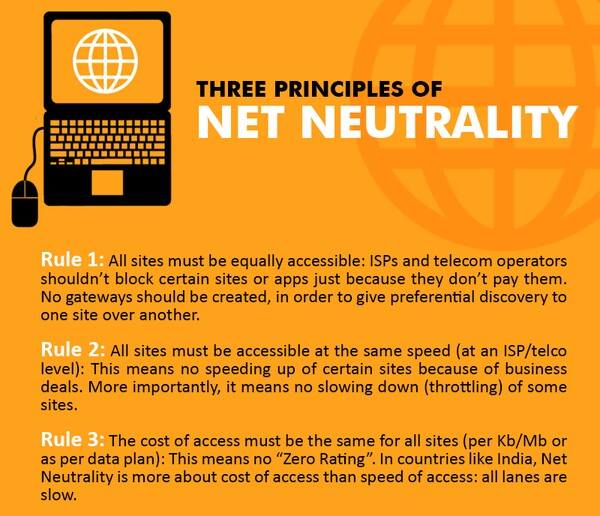
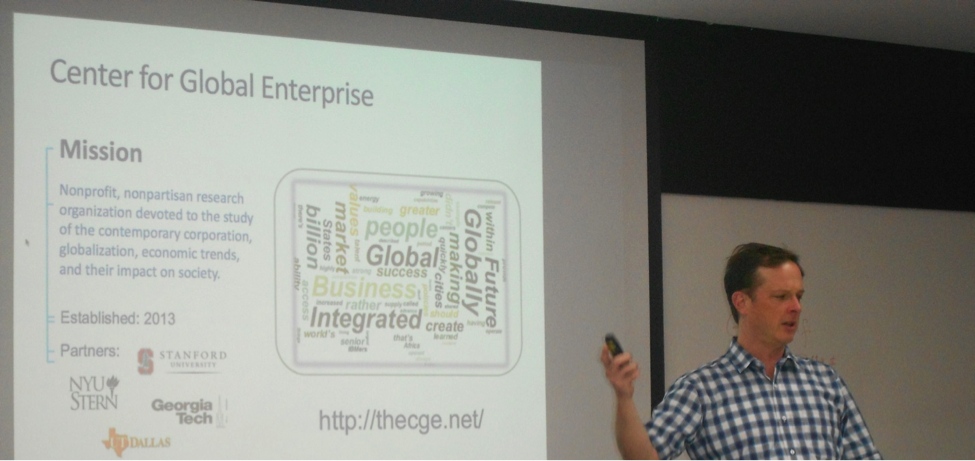 Given iSPIRT’s ambition and
Given iSPIRT’s ambition and 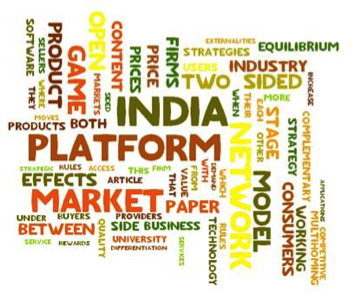 Is India destined to be player in the emerging platform economy, where single and multi-sided business models are rapidly gaining size and scale in local and global markets? As a player in this rapidly changing digital landscape, do platform companies understand the rules of this game well? What game plan do I as a platform company must understand and embrace to score runs in this match?
Is India destined to be player in the emerging platform economy, where single and multi-sided business models are rapidly gaining size and scale in local and global markets? As a player in this rapidly changing digital landscape, do platform companies understand the rules of this game well? What game plan do I as a platform company must understand and embrace to score runs in this match?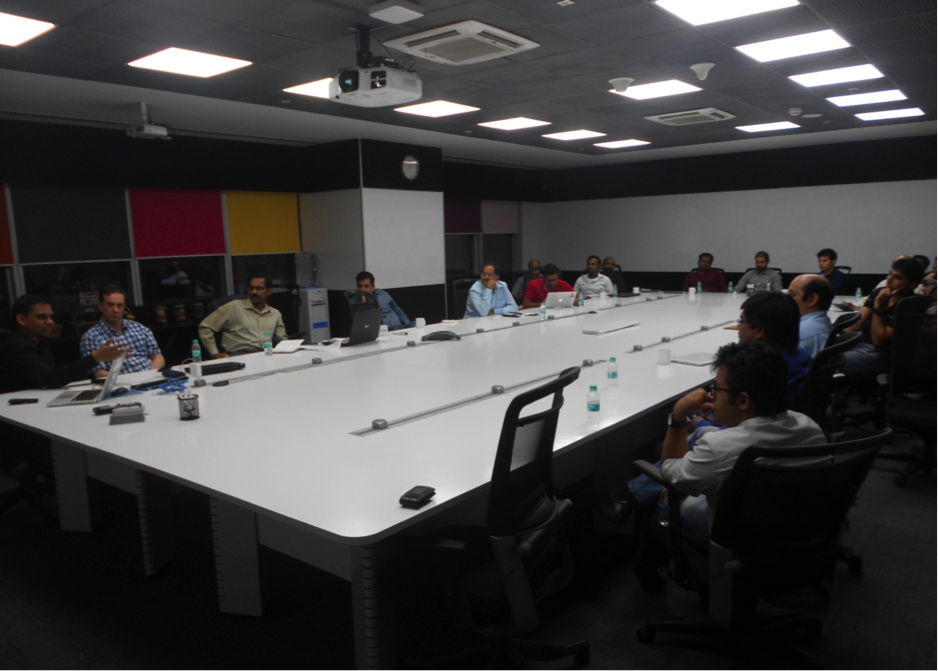
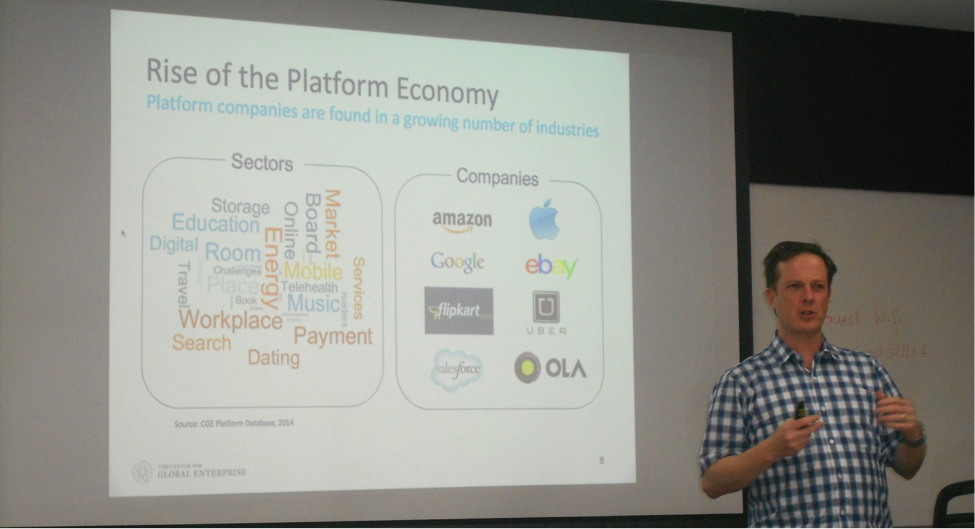 Most of the tech entrepreneurs have built interesting products to address various market needs in a platform way – where a platform is built using any base of technologies on which other technologies or processes can be built for a group of external producers and consumers can interact to create value.
Most of the tech entrepreneurs have built interesting products to address various market needs in a platform way – where a platform is built using any base of technologies on which other technologies or processes can be built for a group of external producers and consumers can interact to create value.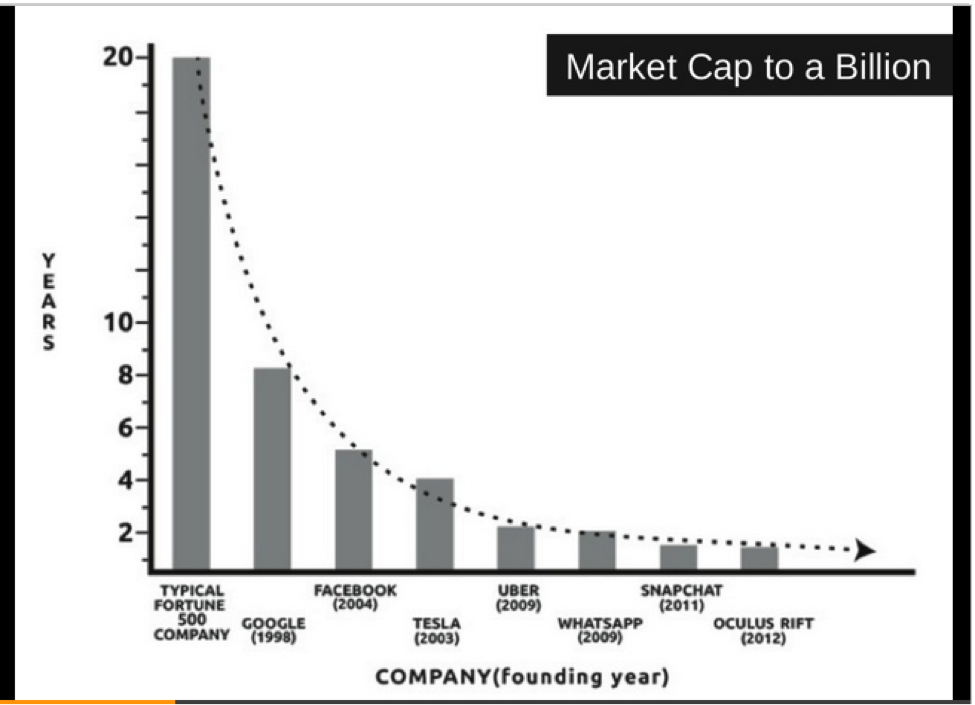 Platform companies reach $Billion+ market cap in couple of years now and this is mainly due to network effect of having more users and creating more value cyclically. Tech entrepreneurs, usually tend to measure user growth of a platform as a yardstick instead of thinking systemically, that platform users play different roles. This approach is incorrect.
Platform companies reach $Billion+ market cap in couple of years now and this is mainly due to network effect of having more users and creating more value cyclically. Tech entrepreneurs, usually tend to measure user growth of a platform as a yardstick instead of thinking systemically, that platform users play different roles. This approach is incorrect.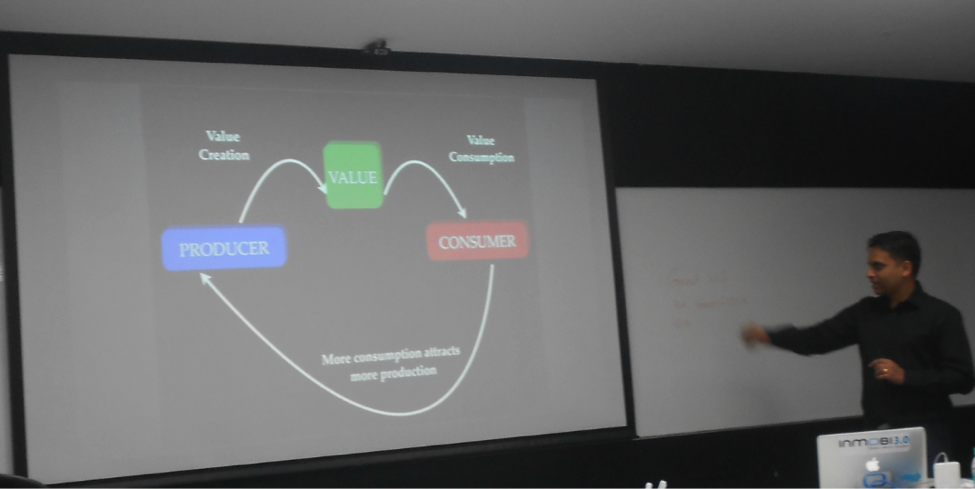
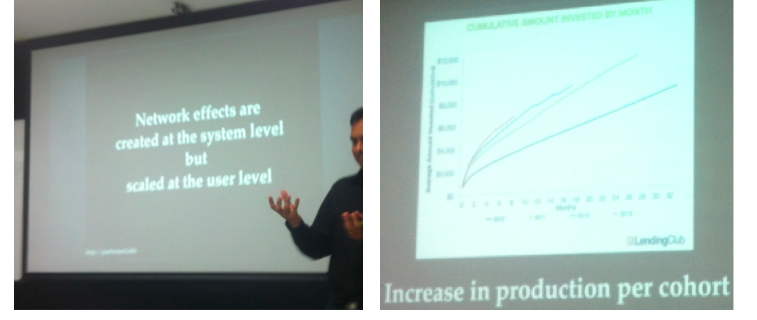 Thus platform business have to focus on removing gate keepers to producer-consumer growth, identify new producers to onboard and disaggregate as necessary via tools etc systemically and micro-economists as needed to design/ troubleshoot any supply-demand problems based on the respective platforms model of inventory.
Thus platform business have to focus on removing gate keepers to producer-consumer growth, identify new producers to onboard and disaggregate as necessary via tools etc systemically and micro-economists as needed to design/ troubleshoot any supply-demand problems based on the respective platforms model of inventory.